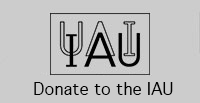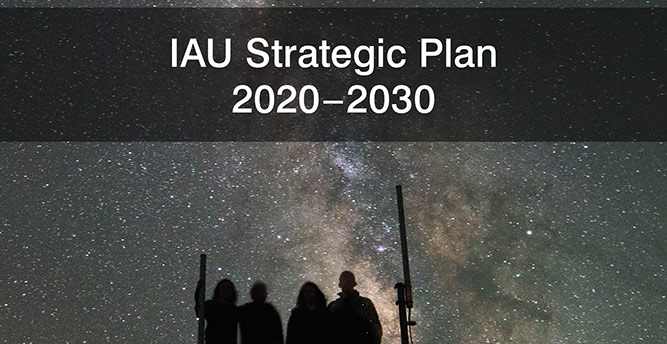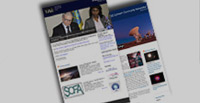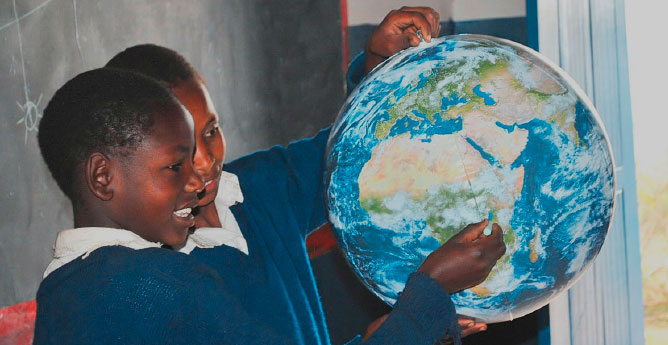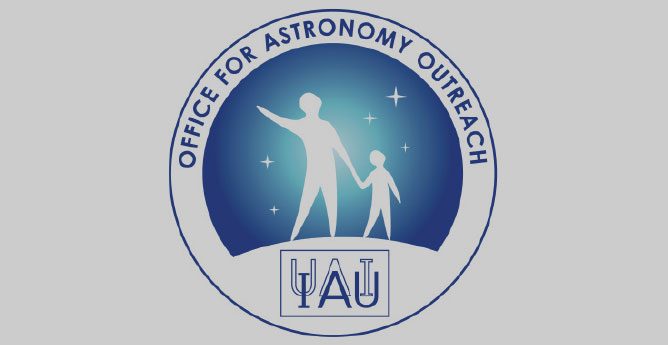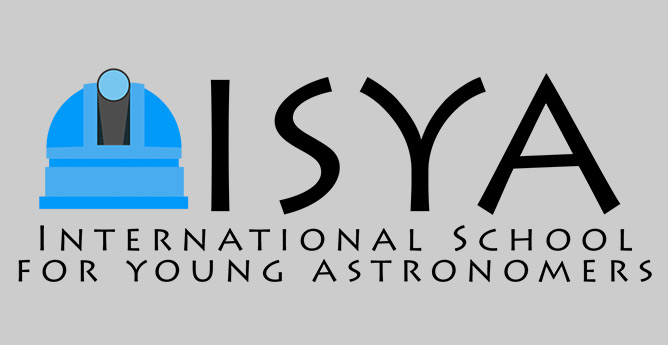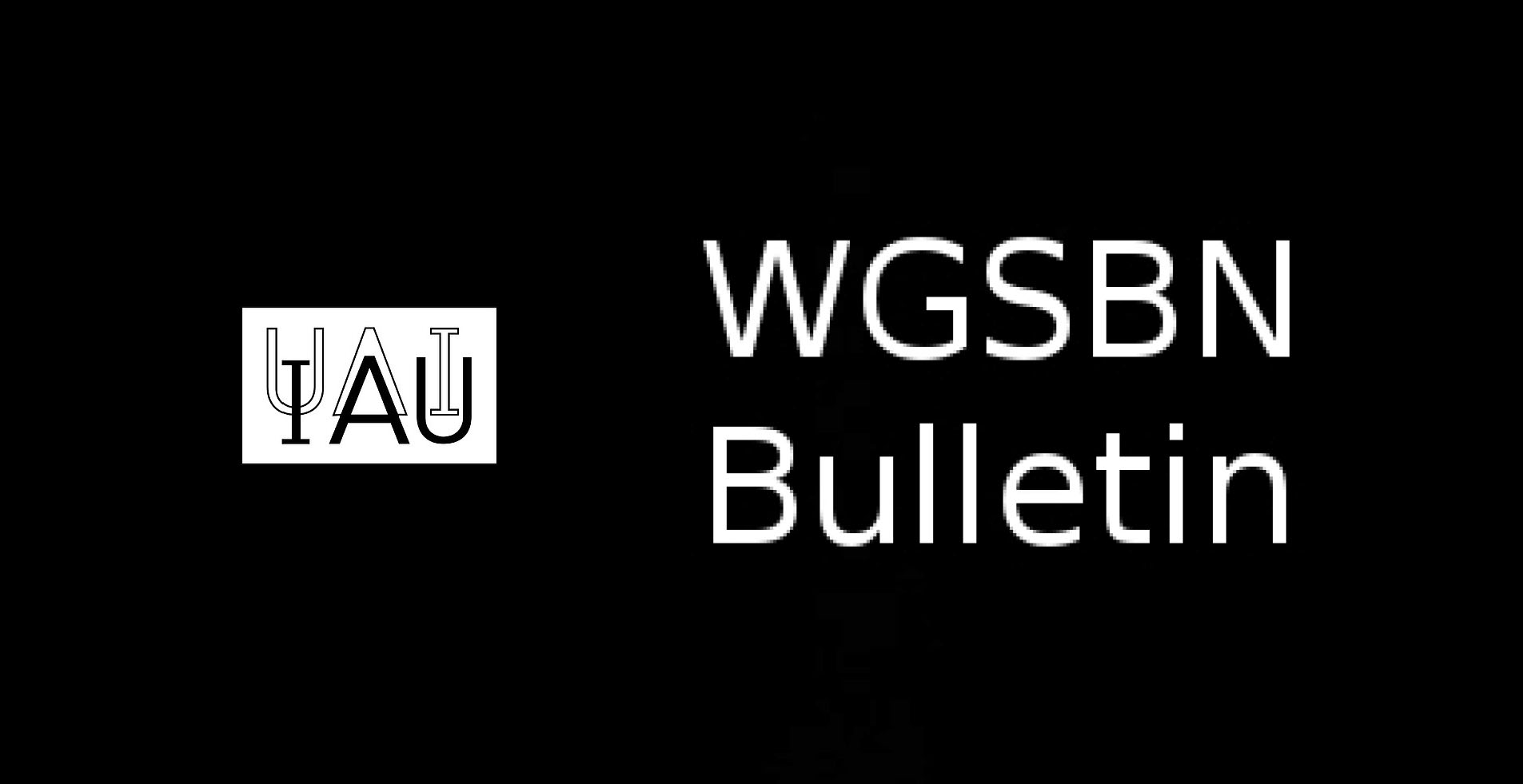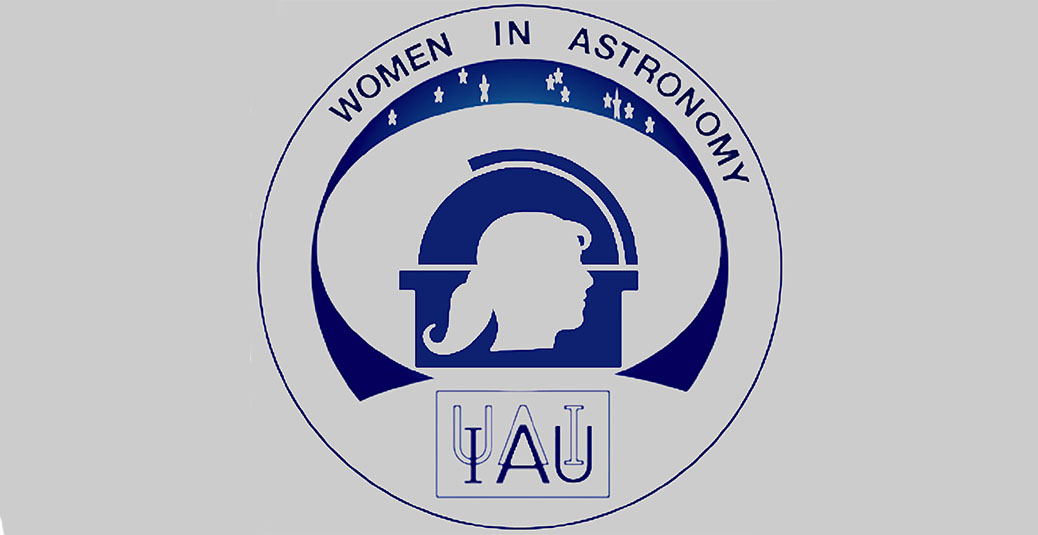- News
- Science
- Scientific Bodies
- Divisions
- Commissions
- Commission A1 Structure
- Commission A2 Structure
- Commission A3 Structure
- Commission A4 Structure
- Commission B1 Structure
- Commission B2 Structure
- Commission B3 Structure
- Commission B4 Structure
- Commission B5 Structure
- Commission B6 Structure
- Commission B7 Structure
- Commission C1 Structure
- Commission C2 Structure
- Commission C3 Structure
- Commission C4 Structure
- Commission C5 Structure
- Commission D1 Structure
- Commission E1 Structure
- Commission E2 Structure
- Commission E3 Structure
- Commission E4 Structure
- Commission F1 Structure
- Commission F2 Structure
- Commission F3 Structure
- Commission F4 Structure
- Commission G1 Structure
- Commission G2 Structure
- Commission G3 Structure
- Commission G4 Structure
- Commission G5 Structure
- Commission H1 Structure
- Commission H2 Structure
- Commission H3 Structure
- Commission H4 Structure
- Commission J1 Structure
- Commission J2 Structure
- Commission J3 Structure
- Commission X1 Structure
- Commission X2 Structure
- Past Commission Organising Committees
- Working Groups
- Centres
- Scientific Meetings
- Rules & Guidelines
- General Assemblies
- Meeting Proposals
- Future IAU Meetings
- General Assemblies
- EC Meetings
- Officers' Meetings
- Regional Meetings
- Symposia
- Focus Meetings
- Institutional Meetings
- IAU Offices Meetings
- IAU-Sponsored Meetings
- Letters of Intent submitted for 2024
- Letters of Intent submitted for 2023
- Letters of Intent submitted for 2022
- Letters of Intent submitted for 2021
- Letters of Intent submitted for 2020
- Past IAU Meetings
- Templates
- Other Meetings
- Grants & Prizes
- Scientific Bodies
- Publications
- IAU Publications
- IAU Strategic Plan
- Symposia
- WGSBN Bulletins
- Regional Meetings
- Information Bulletins/Catalyst
- E-Newsletters
- Focus Meetings
- Transactions A
- Transactions B
- Related Publications
- GA Newspapers
- CAPjournal
- IAU Books
- Brochures
- IAU Offices
- WG Reports
- Commission Reports
- Division Reports
- Past IAU Publications
- Rules, Guidelines and Instructions for Proceedings
- Publishers
- IAU Publications
- Administration
- About the IAU
- Statutes & Rules
- IAU Policies
- IAU Executive Bodies
- IAU Secretariat
- Resolutions
- Members Administration
- Administrative Dates & Deadlines
- International Organisations Relations
- Donate to the IAU
- Training in Astronomy
- Astronomy for Education
- Astronomy for Development
- Astronomy for the Public
- Office for Astronomy Outreach
- FAQ
- Themes
- Satellite Constellations
- Astronomy in Everyday Life
- How to Report a Discovery
- Careers in Astronomy
- Defining our Place in the Cosmos
- The Constellations
- Light Pollution
- Measuring the Universe
- Near Earth Objects
- How to Participate in Astronomy Research
- Naming of Astronomical Objects
- Naming of Exoplanets
- Buying Star Names
- Naming Stars
- Pluto and the Solar System
- IAU Member Statistics
- Our Moon: the Moon
- Meteors & Meteorites: The IAU Definitions of Meteor Terms
- UNESCO-IAU Portal to the Heritage of Astronomy
- Social Media
- Past Events
- Call for Online Resources
- Astronomy@Home Awards
- Contact
IAU Astronomy Outreach Newsletter
2015 #5
In this newsletter:
- From the Editors
- NameExoWorlds: 20 ExoWorlds are now available for naming proposals
- Mercury crater-naming contest winners announced
- Cosmic Light IYL2015: New batch of Galileoscopes has arrived
- Cosmic Light IYL2015: Download the Dark Sky Meter app for Globe at Night measurements
- IYL2015 song — Rainbow of Light
- HighLIGHT of the Month — Light: Beyond the Bulb around the world
- Cosmic Light around the world
- Summer Visiting Program for Astronomers Harvard-Smithsonian Center for Astrophysics
- Distant cultures meet in Shared Sky
- Unheard Voices series by Multiverse
- Upcoming meetings & global events around the globe
- Contributions to this newsletter
If you have ever wanted to name an extrasolar planet, now’s your chance! Take part in the IAU’s NameExoWorlds Contest. This is an open and free-of-charge contest that will allow clubs and non-profit organisations to propose official names for alien worlds. Through the NameExoWorlds contest, the IAU is inviting everyone to join in with the official process of naming exoworlds. First, study and check the systems available and think about a suitable name — you can do this as an individual, or as a group of friends. Discussing astronomy is fun and you can learn a lot about the exoplanets that are available for you to name. Next, contact a group in your local community; it could be a planetarium, science centre, community group, school, or a non-profit cultural club, an artist’s group, a music club, a sports association or even a membership-based online platform; they are all eligible to propose names to the IAU. Suggest your ideas for names to them, and if they haven’t already joined in with the NameExoWorlds contest, ask them to register and propose the names; it’s easy! Contact us if you still have questions.
There is also a lot more news from around the world! The special IYL2015 edition of the Galileoscope has arrived, and the International Year of Light edition of the Dark Sky Meter app is available now so that it can be used for the light pollution campaigns run by Globe at Night and other initiatives around the world, all working tirelessly to protect the night sky.
Clear Skies!
Lina Canas & Sze-leung Cheung
IAU Office for Astronomy Outreach
1) NameExoWorlds: 20 ExoWorlds are now available for naming proposals
The NameExoWorlds contest, organised by the IAU, is now entering its next stage as the 20 most popular ExoWorlds have been made available for naming proposals. The NameExoWorlds contest is the first opportunity that the public have to name, not only exoplanets, but also, for the first time in centuries, to give popular names to their stars! Clubs and non-profit organisations should first register with the IAU Directory of World Astronomy before 23:59 UTC on 1 June 2015. The deadline for submitting naming proposals is 23:59 UTC on 15 June 2015. Don't miss this chance to participate.
Learn more about the contest here: https://www.iau.org/news/pressreleases/detail/iau1505/
2) Mercury crater-naming contest winners announced
The MESSENGER Education and Public Outreach (EPO) Team, coordinated through the Carnegie Institution for Science, has announced the winners from its competition to name five impact craters on Mercury after artists. Entries had to be submitted by 15 January 2015, and the International Astronomical Union (IAU) Working Group for Planetary System Nomenclature made the selections from a total of 3600 submissions, and a semifinal round of 17 names. The newly selected crater names are Carolan, Enheduanna, Karsh, Kulthum, and Rivera.
Learn more here: https://www.iau.org/news/pressreleases/detail/iau1506/
3) Cosmic Light IYL2015: New batch of Galileoscope arrives
The Galileoscope programme for the 2015 International Year of Light (IYL) is now in full swing, with a new batch available for delivery worldwide and thousands of K-12 teachers and students in the United States poised to receive free telescope kits. The Galileoscope is a high-quality, low-cost telescope kit developed by a team of leading astronomers and science educators developed during 2009 International Year of Astronomy.
Learn more about the project here: http://galileoscope.org/.
4) Cosmic Light IYL2015: Download the Dark Sky Meter for Globe at Night measurements
The Globe at Night programme is an international citizen-science campaign to raise public awareness of the impact of light pollution by inviting citizen-scientists to measure the night sky brightness at their location and submit their observations to a website from a computer or smartphone. May’s campaign is coming soon — from 9–18 May. Now, with the new IAU Cosmic Light Dark Sky Meter app free for download, you can easily measure and submit the data.
Check out the Globe At Night website and how you can contribute: http://www.globeatnight.org/
You may download the Dark Sky Meter IYL2015 app for free on iTunes: https://itunes.apple.com/app/dsm-lite/id626796278?mt=8
5) IYL2015 song — Rainbow of Light
The song Rainbow Of Light is part of the celebrations for the International Year Of Light 2015. This light-themed song written by Linda Lamon and featuring Katerina Mina on vocals was inspired by the International Astronomy event Starmus. The Starmus Festival is a combination of science, art and music that has featured presentations from astronauts, cosmonauts, Nobel Prize winners and prominent figures from science, culture, the arts and music. Rainbow of Light is now helping to raise our awareness of light in the Universe and the song can be made available to IYL event organisers for use during IYL events.
The lyrics of the Rainbow of Light song can be downloaded here: http://www.light2015.org/dam/About/Resources/Rainbow-of-Light-Lyrics/Rainbow%20of%20Light%20Lyrics.pdf
You can listen to the music here: https://soundcloud.com/zeplammy/rainbow-of-light-katerina-mina-linda-lamon-2015-isrc-no-uk67h1500038
6) HighLIGHT of the Month — Light: Beyond the Bulb around the world
This month we highlight the success of Light: Beyond the Bulb, the open-source international exhibition programme supported in the framework of Comic Light, designed to showcase the incredible variety of light-based scientific research being done today, spanning the entire electromagnetic spectrum. The free exhibition materials and striking images have already been signed up for exhibits across 25 countries. In the upcoming weeks it will be visiting Ferndale, WA, United States; Qormi, Malta; Jiangsu, Nanjing, China and Centre of New Technologies II Faculty of Physics University of Warsaw, Warsaw, Poland.
Learn where to find in a place near you: http://lightexhibit.org/iylexhibits.html
Learn how to create an exhibit: http://lightexhibit.org/howtoexhibit.html
7) Cosmic Light around the world
Hiratsuka, Japan will host the Astronomy Cosmic Light lecture series on “What is light?”, in which the different types of light and the nature of light will be explored.
On 9 May in Warsaw, Poland; the Copernicus Science Centre and Polish Radio will host the Science Picnic, Europe’s largest outdoor event aimed to promote science. This event will adopt the theme Light — the source of our civilization. Scientific institutions will present their achievements and reveal the behind-the-scenes aspects of their everyday work.
Oradea in Romania hosted the student-produced photography exhibition Light and Shadow. The central drive for this was focused on student essays on astronomical events such as solar eclipses, supermoons and the vernal equinox.
Learn more on the International Year of Light 2015 event programme: http://www.light2015.org/Home/Event-Programme.html?tab=2
8) Summer Visiting Program for Astronomers Harvard-Smithsonian Center for Astrophysics
Harvard-Smithsonian Center for Astrophysics (CfA) Summer Visiting Program will allow astronomers from middle- and low-income countries to spend a month in the northern summer at the Harvard-Smithsonian CfA. The selected scientists will have their trip and basic local expenses paid for through the grant and during their visit to the CfA they will work on a particular project with a local mentor. This foresees a mutual benefit for both the visiting scientist and scientists and staff, who will have the opportunity to learn from the visitors about the status of astronomy in their countries. From such visits lasting collaborations can grow that foster knowledge exchange and education, and increase integration, all high priorities for the International Astronomical Union. The selection will begin from 8 May 2015.
Learn more on the programme by visiting the IAU’s Office of Astronomy for Development Website: http://www.astro4dev.org/call-for-applications-cfa/
9) Distant cultures meet in Shared Sky
Shared Sky is an international indigenous art/astronomy exhibition presented by the Square Kilometre Array (SKA) international. After its inauguration in Perth, Western Australia last September, the exhibition has now travelled to South Africa and is being shown at the Iziko South African National Gallery in Cape Town. Shared Sky stems from a vision by the Square Kilometre Array to bring together under one sky Aboriginal Australian and South African artists in a collaborative exhibition celebrating humanity’s ancient cultural wisdom. This vision embodies the spirit of the international science and engineering collaboration that is the SKA project itself, bringing together many nations around two sites in Australia and South Africa to study the same sky.
Learn more about Shared Skies at the Square Kilometre Array: https://www.skatelescope.org/shared-sky/
10) Unheard Voices series by Multiverse
Multiverse, at the University of California, Berkeley Space Sciences Laboratory provides earth and space science educational opportunities and resources for a variety of audiences, especially for those who are underrepresented in the sciences. With the Unheard Voices series: “The Astronomy of Many Cultures” and “Women in Astronomy”, Multiverse intents to examine the contributions to astronomy by cultures outside of Europe and the US mainstream and the contributions of women to astronomy, plus the barriers women have faced and the progress they have made in becoming equal partners in the enterprise of astronomical research.
Check the Unheard Voices series at Berkeley Space Sciences Laboratory: http://multiverse.ssl.berkeley.edu/Learning-Resources/Educator-Resource-Guides
11) Upcoming meetings & global events around the globe
a) 2nd International Conference on Light Pollution Theory, Modelling and Measurements (LPTMM)
Date: 26–29 May 2015
Location: Sherbrooke, Quebéc, Canada
More information: http://lptmm.org
b) 3rd International conference on Artificial Light at Night (ALAN 2015)
Date: 30 May – 1 June 2015
Location: Sherbrooke, Quebéc, Canada
More information: http://www.artificiallightatnight.org/
c) Science & You's "Journées Hubert Curien" Conference and Forum
Date: 1–6 June
Location: Nancy, France
More Information: http://www.science-and-you.com/en/colloque/journees-hubert-curien-international-conference
d) ECSITE Annual Conference 2015: Food for curious minds
Date: 11–13 June
Location: Trento, Italy
More information: http://www.ecsite.eu/annual-conference
e) Science on Stage 2015
Date: 17–20 June
Location: London, UK
More information: http://www.science-on-stage.eu/page/display/4/14/0/festival-2015
f) European Week of Astronomy and Space Science (EWASS)
Date: 22–26 June
Location: Tenerife, Spain
More information: http://eas.unige.ch/EWASS2015/
g) The 29th IAU General Assembly
Date: 3–14 August 2015
Location: Honolulu, Hawai'i, USA
More information: http://astronomy2015.org/
Focus Meetings:
6–7 August: Communicating Astronomy With the Public in the Big Data Era
More information: http://astronomy2015.org/focus_meeting_19
11–13 August: Mitigating Threats of Light Pollution and Radio Frequency Interference
More information: http://astronomy2015.org/focus_meeting_21
11–13 August: Astronomical heritage: progressing the unesco-iau initiative
More information: http://astronomy2015.org/focus_meeting_2
13–14 August:: Astronomy for Development
More information: http://astronomy2015.org/focus_meeting_20
h) UNAWE International workshop
Date: 5–9 October 2015
Location: Leiden, The Netherlands
More information: http://www.unawe.org
i) Earth Observation Science 2.0
Date: 12–14 October 2015
Location: ESRIN, Frascati, Italy
More information: http://eoscience20.org/
12) Contributions to this newsletter
Here at the IAU Office for Astronomy Outreach we are always looking for more news about astronomical education and outreach events around the world, so please share with us your story! If you are organising any large-scale events at a regional or international level, offering astronomy education or communication job positions, have any special innovative projects or inspiring stories, looking for professional–amateur collaboration in astronomy, or created any educational resources, let us know by sending an email to outreach@iau.org.
